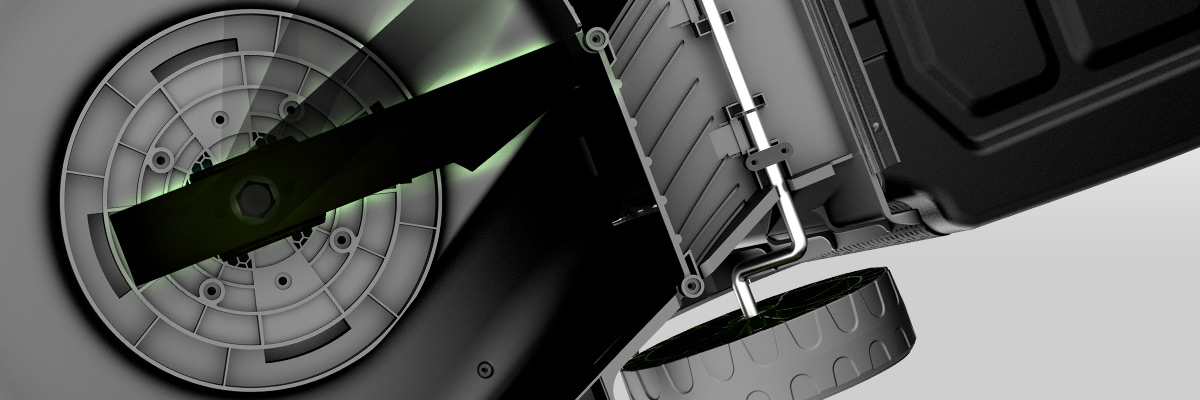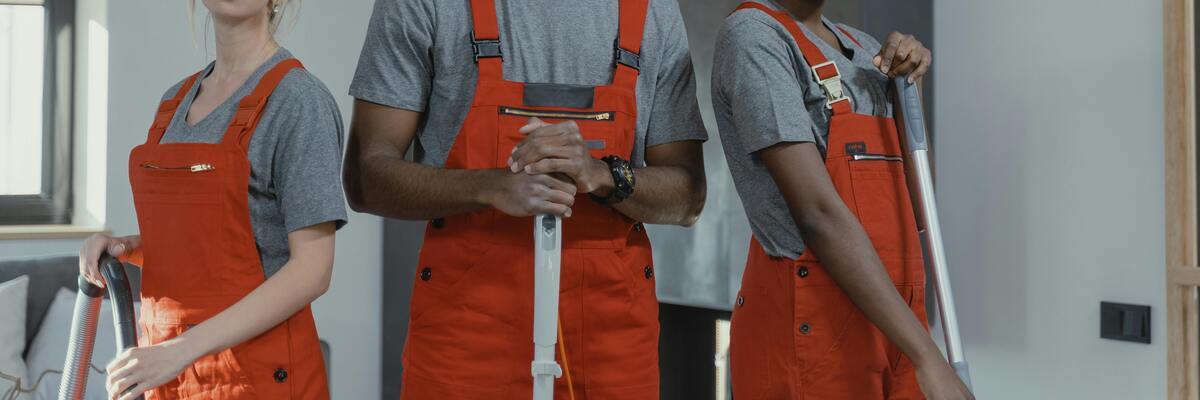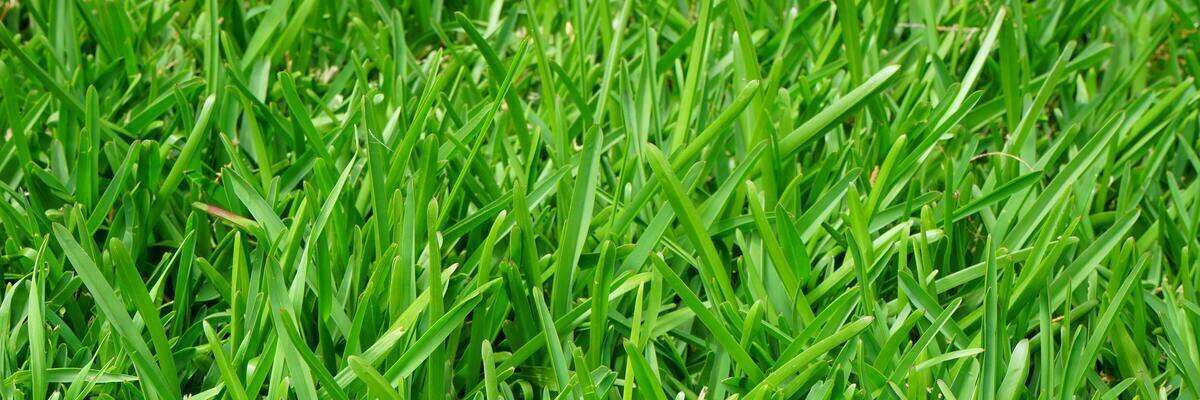If, like much of the population, your first thought is to dump the grass clippings in the recycling bin, you might want to think again. While this is technically a sound choice, it isn’t advised. See, there are plenty of other ways you can 'grasscycle' your clippings at home.
Read on for the low-down on compost grass clippings, whether grass clippings are good for the garden, and other more beneficial ways to get rid of grass clippings.
What should I do with grass cuttings?
There is nothing better than a freshly mowed lawn. The clean look and that summer-feeling fresh smell is enough to make anyone smile, let alone garden enthusiasts like yourself! But when you step back and notice all the grass clippings strewn across the garden, you’re left with a dilemma of what to do with all these grass cuttings. Well, we’ve got a few ideas for you.
Popping your grass clippings in the recycling bin is a great way to safely dispose of them in an environmentally friendly way. But, with this in mind, you might be wondering why we just said this isn’t advised.
Well, while recycling your grass clippings is the most convenient, it isn’t the most beneficial option for you or your garden. So, let’s explore how you can make the most of your grass clippings.
1. Leave the grass clippings on your lawn
Grass clippings actually help promote a healthy garden. No, really – they’re nature’s fertiliser. So, while it may seem counter-productive, why not leave your grass clippings on the lawn?
Once cut, grass clippings retain essential water and nutrients. By simply leaving them on top of your now freshly-cut grass, you are supporting soil health. Not only that, but this method of getting rid of grass clippings also means not having to contend with any clean-ups!
And to make the job even easier, you can opt for a lawnmower which collects grass clippings as you cut. Our battery lawn mower CLM50, for instance, boasts a huge 50-litre bin so you can clip and fertilise your garden quickly. When you’re finished mowing, just detach the bin, open the flap, and sprinkle the clippings around your garden.
Or even better, try our SLM50 Small Lawnmower. This clever gardening accessory uses sharp blades to cut very small pieces of grass. These tiny grass clippings fall to the ground and nourish the earth, ensuring a rich and healthy lawn.
TOP TIP: Ensure that your garden is clear of weeds before leaving any lawn clippings. Otherwise, you could be providing fertile ground for weeds to grow.
2. Create fertiliser from your grass clippings
If you have a large garden, you may find yourself with more grass clippings than your garden can handle. That’s okay though, there is plenty you can do with your bundle.
One of the most sustainable ways to reuse these large amounts is to make your own compost from grass clippings. To make the perfect batch, add a balanced 2:1 ratio of ‘green’ to ‘brown’ material. And, in this case, green would be things like grass clippings, whereas brown is leaves, twigs, and branches.
A properly balanced ratio is important, as it ensures a healthy combination of carbon and nitrogen for neighbouring plants and flowers. And don’t worry if you don’t have a perfect ratio available just yet - you can always dry some grass clippings out until they turn brown and then mix them in!
TOP TIP: If you don’t have the room for your own compost pile, check out our top tips for composting in small spaces. Alternatively, offer it out to a local allotment – many people will be happy to take it.
3. Use grass clippings as mulch for hedges and foliage
Have you noticed your hedges and bushes looking a little tired? Well, you can use grass clippings as mulch - a generous helping of this could be just what they need.
Grass clipping mulch has three-fold benefits for hedges and foliage. First, it can keep your soil safe from too much sunlight. Second, grass clipping mulch is great at retaining moisture. And third, it helps prevents weeds from growing!
So, to perk up your foliage, simply sprinkle a layer of the grass clipping mulch at the base of your chosen shrub. It’s best to not use more than 2cm to 5cm of grass clippings here, and make sure they’re properly dried out first too.
What not to do with your grass cuttings
Just because some garden waste is biodegradable, it doesn’t mean we can dispose of it haphazardly. In fact, certain methods could actually damage the environment.
For one, you should never burn fresh grass clippings - or any green or damp garden waste for that matter. When you set fire to garden waste, it releases harmful smoke particles and chemicals which have been linked to lung damage.
In the same vein, you shouldn’t throw grass clippings into a general waste bin bound for the landfill. As it stands, landfills are already nearly full to capacity, and adding garden waste that can be recycled will only exacerbate the problem. If your recycling bin is full, pay a visit to your local recycling centre. They will happily accept any organic waste, free of charge.
Now you’re in the know on what to do with grass clippings, it’s time to find the right lawnmower for the job. To find the very best, take a look at the Gtech cordless garden tools. Then, get the sun lounger out and put your feet up – your work here is done!




